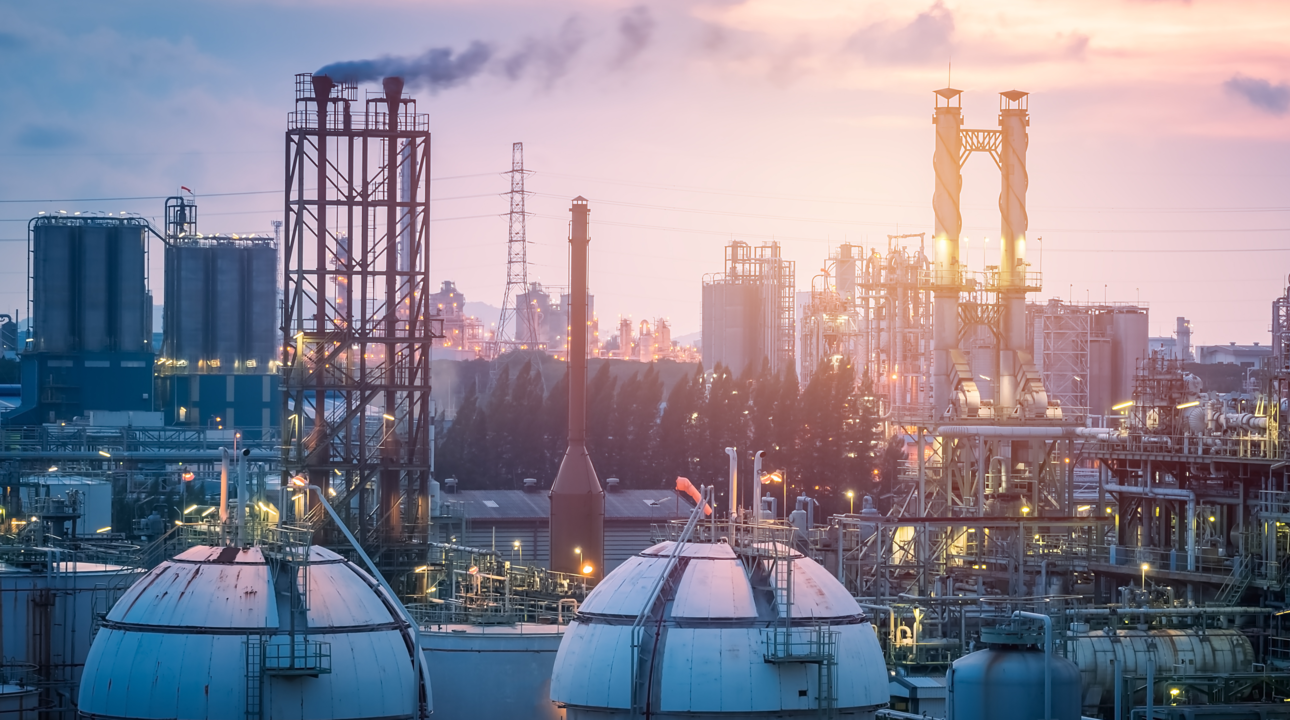The chemical industry is at a crucial turning point. With growing environmental concerns, it’s time to move away from the old ways of doing things and embrace more sustainable, circular approaches. This isn’t just about being eco-friendly; it’s about unlocking new opportunities for growth and resilience.
Embracing Circularity and Materiality in the Chemical Industry
The chemical industry has long been associated with significant environmental impacts due to its reliance on non-renewable resources and the generation of waste. However, the industry is now poised to transform itself by adopting principles of circularity and materiality. This transformation is not only essential for environmental sustainability but also for economic viability and social responsibility.
Understanding Circularity in the Chemical Industry
Circularity is all about making the most of what we have. Instead of the traditional “take, make, dispose” model, circularity focuses on reducing waste and reusing resources. In the chemical industry, this means:
- Using Resources Wisely: Finding ways to use raw materials more efficiently. This can involve optimizing production processes to minimize waste, using renewable resources, and improving the efficiency of chemical reactions.
- Recycling and Reusing: Developing methods to recycle chemicals and materials, giving them a new lease on life. This includes chemical recycling, where waste materials are converted back into their original chemical components, and mechanical recycling, where materials are physically reprocessed.
- Smart Design: Creating products that are easier to take apart and recycle, and that use fewer harmful substances. This involves designing chemicals and materials with their end-of-life in mind, ensuring they can be easily disassembled and repurposed.
The Role of Materiality
Materiality helps companies focus on what really matters. It’s about identifying the most significant environmental, social, and economic impacts and addressing them head-on. This includes:
- Environmental Impact: Looking at the ecological footprint of chemical processes and products. This involves assessing the emissions, waste, and resource consumption associated with chemical production and finding ways to minimize these impacts.
- Social Responsibility: Ensuring that production practices support community well-being and worker safety. This means implementing fair labor practices, ensuring safe working conditions, and engaging with local communities to address their concerns.
- Economic Viability: Balancing sustainability efforts with economic performance to ensure long-term success. This involves finding cost-effective ways to implement sustainable practices and demonstrating the financial benefits of sustainability to stakeholders.
Implementing Circularity and Materiality
Here are some practical steps for chemical companies to embrace these principles:
- Lifecycle Assessment (LCA): Understanding the environmental impacts of products from start to finish. LCAs help companies identify the stages of their product lifecycle that have the greatest environmental impact and develop strategies to mitigate these impacts.
- Sustainable Sourcing: Getting raw materials from sustainable sources and ensuring transparency in the supply chain. This involves working with suppliers who adhere to sustainable practices and ensuring that raw materials are sourced responsibly.
- Collaboration and Innovation: Working with partners across the value chain to develop innovative solutions. Collaboration can lead to the development of new technologies and processes that enhance sustainability.
- Regulatory Compliance: Staying ahead of regulations by adopting proactive sustainability measures. This involves keeping up-to-date with environmental regulations and implementing practices that not only comply with these regulations but exceed them.
Path Forward
Transitioning to circularity and materiality isn’t easy. It requires investment, changes in business models, and a shift in mindset. But the benefits reduced environmental impact, better resource efficiency, and improved economic resilience—make it worth the effort.
- Investment: Companies need to invest in new technologies and processes that support circularity and materiality. This might include investing in recycling infrastructure, renewable energy, and sustainable product design.
- Business Model Changes: Adopting circularity and materiality may require changes to existing business models. For example, companies might need to shift from selling products to offering services, such as chemical leasing, where customers pay for the use of chemicals rather than owning them.
- Mindset Shift: Embracing circularity and materiality requires a shift in mindset from short-term gains to long-term sustainability. This involves fostering a culture of innovation and sustainability within the organization.
By embracing these principles, the chemical industry can help build a sustainable future. Companies that lead this transformation will not only contribute to global sustainability goals but also position themselves as innovators and leaders in a rapidly changing market.
